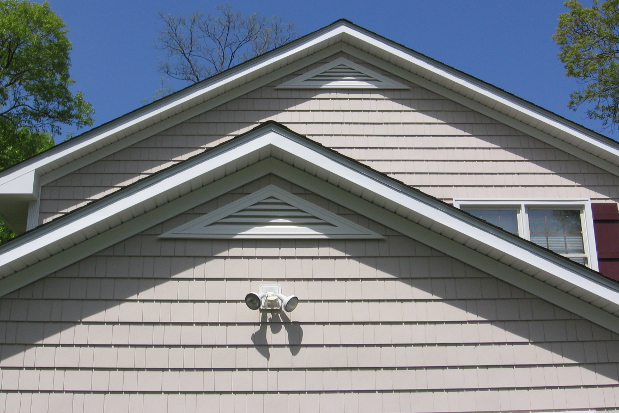
Gable vents are usually installed on the exterior wall of your attic in order to create proper air circulation during extreme climate conditions. In months of intense weather, the inside of your house can be regulated with heating and cooling systems. But since you don’t bother to heat your attic and hot air always rises, this roof space is often left alone to bear the brunt of significant temperature shifts. In the summer, humidity can build up in your attic, overheating this storage area and damaging your possessions. Plus, excess heat can seep into other parts of your house, making your utility bill rise. During the winter, stagnant air can cause condensation to form in your attic as well, once again putting your house at risk for mold, mildew, and leaks. Therefore it is always important to ventilate your attic in order to keep the air moving and the temperature regulated.
A Touch of Design
Unlike other passive venting systems, such as soffit or ridge vents, gable vents are meant to be seen. They are made visible on the front of a house or roof and add an architectural element to an otherwise invisible opening. Most venting systems are placed along unseen areas of the roof, but these particular vents offer all the functional benefits of these other exhaust openings and add an interesting accent to a home’s exterior. Most of the time, these large openings are centered in the area where two slopes of a roof join into the triangle, and they are framed to come in many different sizes (depending upon the size of your attic) and shapes (octagon, circle, triangle, cathedral, diamond). They are then covered with elegant, horizontal slats (often called louvers) constructed of wood, vinyl, or metal for an elegantly traditional look. Inside, a mesh screen is usually attached to keep out insects or other vermin, but outside they create an attractive accent for your home’s exterior. And since they can come in any shape, color, or material, you can match any product with your own tastes and styles.
Is One Enough?
Though gable vents are nice to look at and serve the same function as other ventilation systems (keeping out the rain, preventing leakage, avoiding deterioration of materials in attic, lowering utility costs), they may not be able to do it alone. Depending on the size of your attic, they may need to work in conjunction with soffit or ridge vents in order for your attic to be truly aerated. The nice thing about passive venting systems is that they are cheap, easy to maintain, save money, and maximize the area in your roof since you won’t have to waste space and money running a whole-house fan. However, if you don’t want to invest in supplementary vents, then you have the option of buying a ventilator for your gable vent. This small fan attaches to the opening and pushes the stagnant air in and out, creating an air flow and saving you from installing additional ventilation.
 Attic Ventilation Myths That are Off the Charts
Attic Ventilation Myths That are Off the Charts 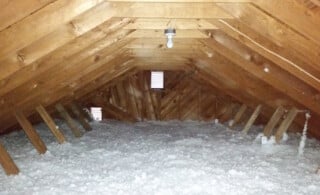 Roof Insulation Captures Escaping Energy
Roof Insulation Captures Escaping Energy 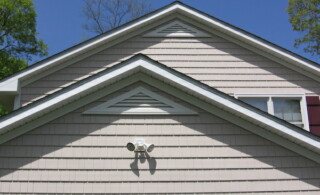 Ridge Vents Can Help Let Off Some Steam
Ridge Vents Can Help Let Off Some Steam 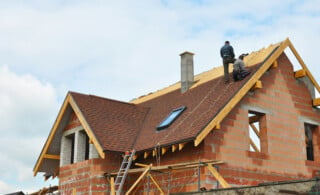 Are Dormers Right for Your Home? A Look at the Pros and Cons
Are Dormers Right for Your Home? A Look at the Pros and Cons 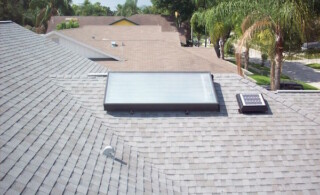 Attic Fans Cool the Entire Home
Attic Fans Cool the Entire Home 

Looking for a triangle gable vent made of
Metal. Steel or strong aluminum to keep out
Raccoons. Size about 24 inches high by about
50 or so inches wide